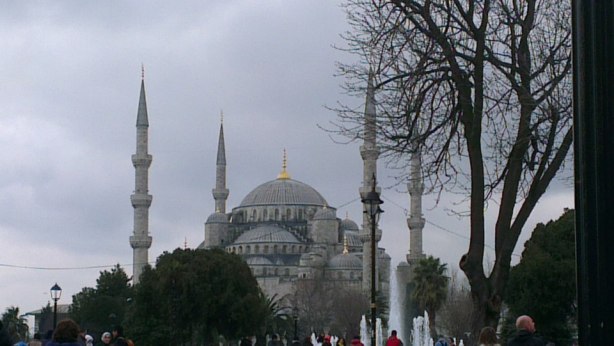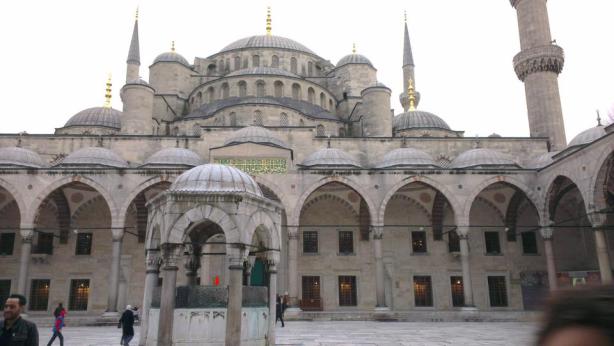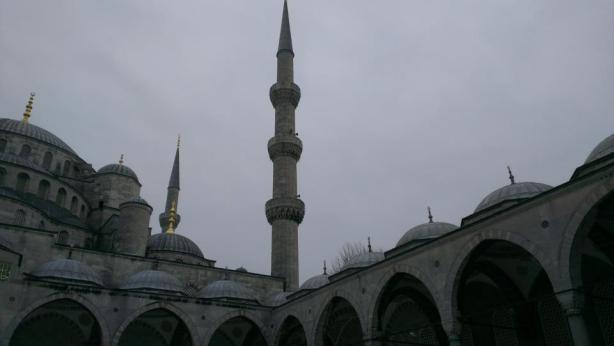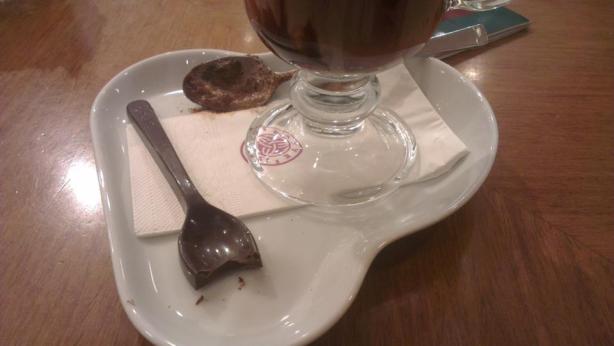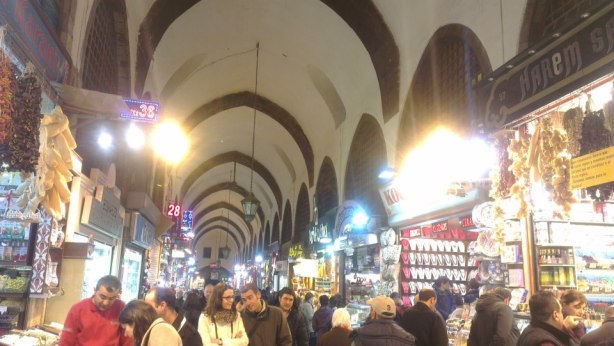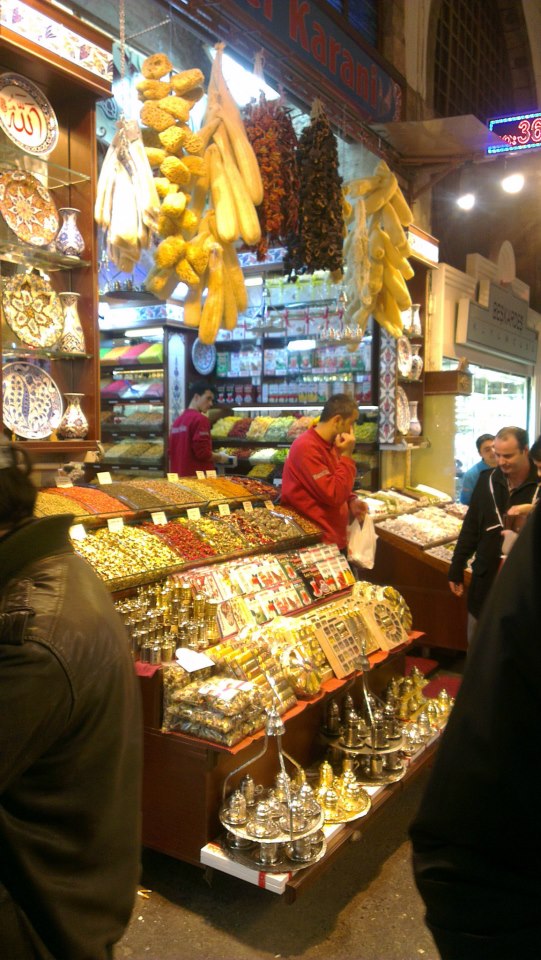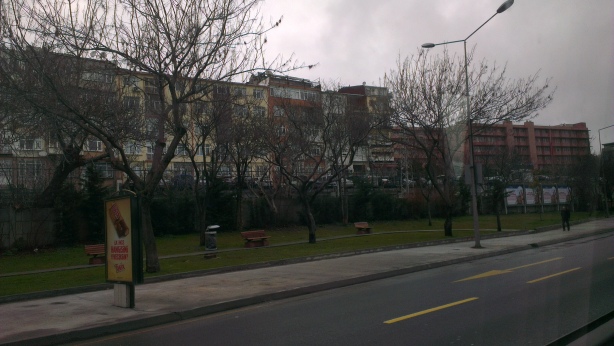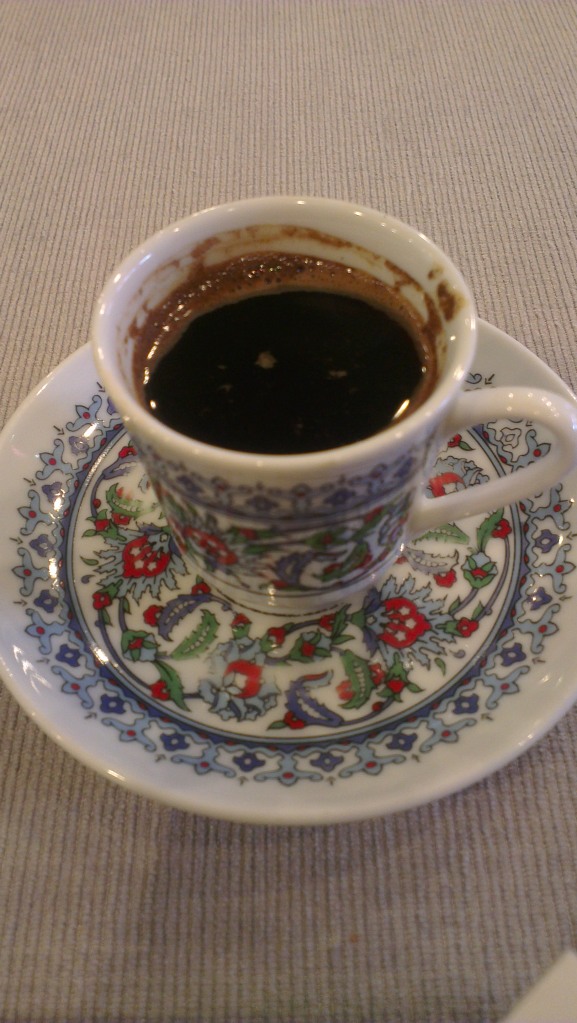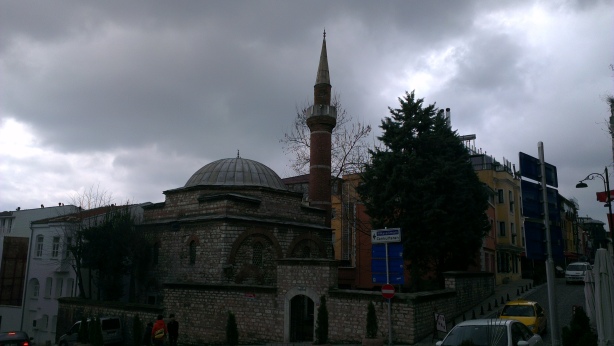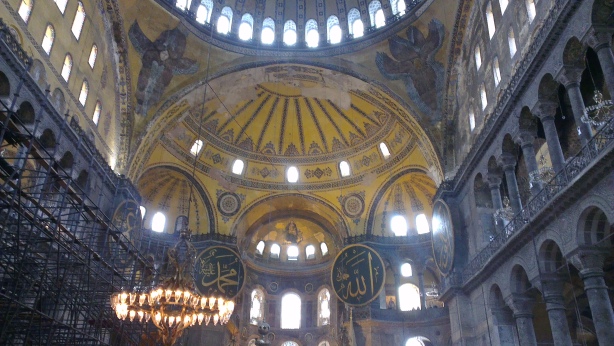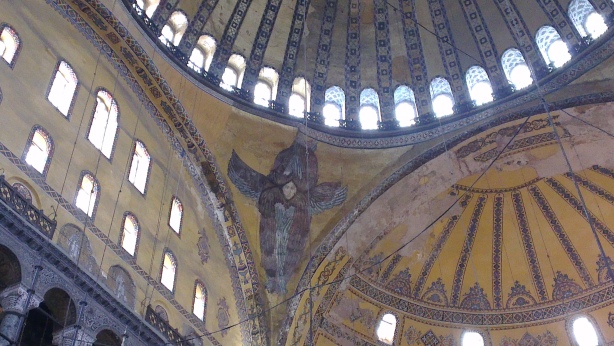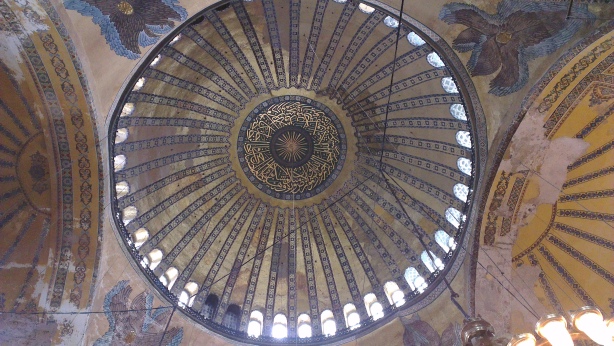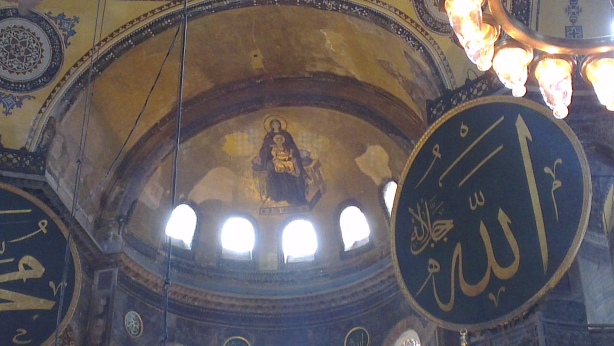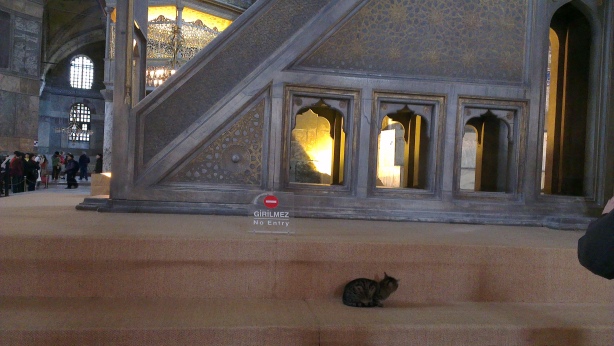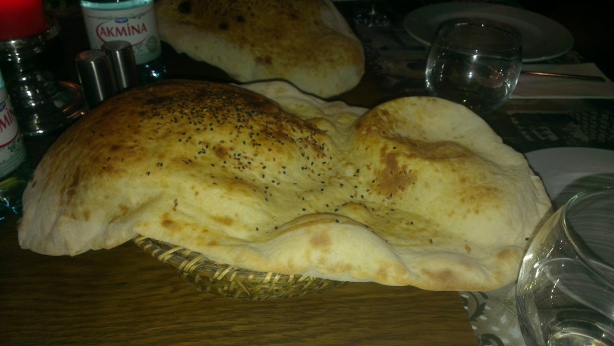I tweeted yesterday.
And a tweeversation had begun. I somehow mentioned that “not only govt but also public aren’t very willing to accept female political leaders. DASSK is exception.” And T replied that “it’s hard to believe that people in mm are not willing to elect a woman.” It is kind of sophisticated issue if we were to talk about gender discrimination in Myanmar and I would not be explain it all in 140 characters. So I swang to wordpress to express the things that I have been wanting to talk about.
Religion
Nearly 90% of population follow Buddhism thus almost all society values and cultural habits are based on Theravada Buddhism. To be fair, rather than religion itself, the social norms which they believe related to religion define what woman can or cannot do in Myanmar.
If you are a woman, you are not allowed to
- go into closest area near the stupas/statues at the pagodas
- partake gold to Buddha stupas/statues
When you want to offer gold leaf to Buddha, you have to request a man instead which always makes me annoyed. Such pointless notions were nowhere stated in Buddhism and some outspoken Buddhist monks have voiced out that prohibiting females from taking such actions are not as per what Buddha taught.
Buddhist nuns always have to take lower rank than monks. While it would be relatively easy to be offered alms for monks, nuns have difficulties to get offered cash and have to cook lunch themselves. Although a man who decided to join mankhood for his entire life is usually praised as a noble man, people believe those joined nunhoods are due to hardship of their lives most of the times and pay less respect than they give to monks.
Culture
We do not need to change our name after getting married not because women are treated very well but because we do not have surname or family name. Some men stated this is as the proof of treating women well in Myanmar which I totally disagree as there are a number of superstitions which discriminate women against men.
Majority of people
- do not wash clothes of men and women together either in a washing machine or by hand.
- believe man should not walk through wherever the sarongs, skirts, pants or anything that girls use to wear for their lower part of the bodies are being hung above.
Almost all Buddhists in Myanmar tend to believe that there is something called ဘုန်း /hpoun:/ which could be assumed as some kind of glory and influence of oneself or cumulative result of past meritorious deeds. If you have higher level of /hpoun:/, you are less likely to be able to be defamed and/or to live in hardship of life. Furthermore, many believe that men have higher level of /hpoun:/ thus they shouldn’t be in touch with Myanmar sarongs or any female clothes especially bras, underwears and others that are meant for lower part of the body which could ruin the /hpoun:/.
Some people do not allow woman in her menstruation cycle
- to prepare pickles/Burmese fish paste etc.
- to touch Buddha statues at home
I know that kind of superstition is ridiculous. And strictly speaking, it has nothing to do with Buddhism. However, since it is an important belief that has being carried for centuries (?), we cannot possibly change it within a twist. And this /hpoun:/ thing is the very basic part of why men are regarded higher than women in Myanmar.
It is not commonly accepted that women should be allowed to smoke or drink as per their wish. Some men who enjoy doing those think it is against Myanmar tradition to see the women drunk or smoking in public. The way women dress is also a good topic to be hugely criticized by pointing out that the revealing clothes attract men to commit raping which makes no sense for me. The worst thing is when a girl was raped, people would finger to the victim girl for being slutty instead of supporting her and criticizing the rapist.
Society
Quite a while ago, husband was the only person who earn money to support the whole family. In modern days, almost everyone in families have to work to survive unless they were born from millionaire families. Years ago, while the husbands’ income was the only source of family’s earning, housewives do all the household chores. Cooking, Cleaning, Washing etc. were supposed to be done only by women which was quite reasonable to balance the workload between husband and wife.
But nowadays, while almost every women have to work full time, the whole society still suppose that household chores should be done only by women! It has been like an unwritten rule. Future mother-in-laws prefer to have daughter-in-laws who love and are skillful at those household chores. Only very few respectful husbands would like to help their wives on this and most of the times such husbands are teased among his colleagues and friends for paying too much respect on wives.
Not only in husband-wife relationship but also in a family, daughters are supposed to help with household stuffs, not sons. This might be a general thing everywhere especially in Asia countries. But my point here is that it is NOT true to say there is almost no gender discrimination in Myanmar than any other countries.
Education
When it comes to education, especially in rural areas, parents support sons over daughters to finish high school or to continue study at universities. Even in cities, some people believe that boys should learn more practical science subjects than girls. The ironic thing here is that girl students have to have higher marks in final high-school exam than boys to enter into top universities. For instance, if you are a boy, you have to have 459 marks to study Medicine while girls have to get 498 marks since girls in high-schools tend to get more marks than boys. But it becomes to be changed and I have read that there is not much difference for them in 2013 which I welcome eagerly!
Work
Some of male employees are not happy to work under female leadership which could be a general thing at every corner of the globe. But when a woman is leading a big organisation on her own feet in Myanmar, it is very easy to get criticized for the relationship with her male counterparts. If she was a single and dined out or travelled with a work partner, people might label as if they were in a relationship. If she was a married and did the same thing, perhaps she would receive a ton of criticism.
Due to military ruling, we did not have any female cabinet members for years. Thus, we are not used to have female leaders in widest part – the political industry. Women have once allowed to be part of army but it was revoked. And according to current constitution, president “shall be well acquainted with military affairs” which clearly states that a woman cannot be a president unless the constitution is modified. In addition, there are less than 5% of female member of parliaments.
As we all know, the ironic thing is that the only reliable leader in the country is the lady. While I have no doubt that many want her as a president though there are a few who would prefer current president over her, still, majority think men are capable than women especially for leadership. If there was someone similar to Daw Aung San Suu Kyi in the sense of knowledge, attitude and experience, I guess people would vote him. At the very least, that is what I believe.
Self-discrimination
Unfortunately, that is the worst part. Just like self-censorship in journalism industry in some countries, a number of women in Myanmar seem to be self-discriminated. They always honestly believe that those unwritten rules are must-follows. They always prioritize fathers, husbands and sons in the family. During a meal, they would put the best part of the best dish to father’s plate. They usually help with their brothers’ laundry and do their dishes. I have even read a Facebook comment given by a girl saying “Laundary is a girl thing”. Even when girls are arguing with boys and if some boys are being persistent on what he think is right with one-sided opinion, they would say “Don’t act as if you were a woman!”. When they found a boy who they think is cowardly, they would say “Wear a hta mein(a sarong like clothes that is commonly worn by Myanmar women.) !”
